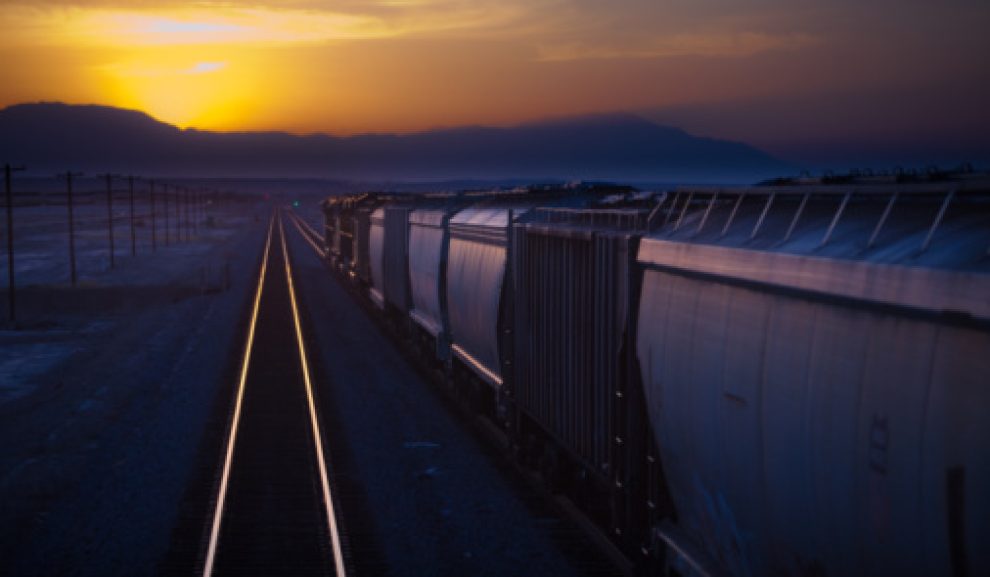This a bleak but all too accurate assessment of where the U.S. is now. From Chris Buskirk at amgreatness.com:
This essay is adapted from “America and the Art of the Possible: Restoring National Vitality in an Age of Decay,” by Chris Buskirk (Encounter, 192 pages, $28.99)
The fact that American living standards have broadly stagnated, and for some segments of the population have declined, should be cause for real concern to the ruling class.
America ran out of frontier when we hit the Pacific Ocean. And that changed things. Alaska and Hawaii were too far away to figure in most people’s aspirations, so for decades, it was the West Coast states and especially California that represented dreams and possibilities in the national imagination. The American dream reached its apotheosis in California. After World War II, the state became our collective tomorrow. But today, it looks more like a future that the rest of the country should avoid—a place where a few coastal enclaves have grown fabulously wealthy while everyone else falls further and further behind.
After World War II, California led the way on every front. The population was growing quickly as people moved to the state in search of opportunity and young families had children. The economy was vibrant and diverse. Southern California benefited from the presence of defense contractors. San Diego was a Navy town, and demobilized GIs returning from the Pacific Front decided to stay and put down roots. Between 1950 and 1960, the population of the Los Angeles metropolitan area swelled from 4,046,000 to 6,530,000. The Jet Propulsion Laboratory was inaugurated in the 1930s by researchers at the California Institute of Technology. One of the founders, Jack Parsons, became a prominent member of an occult sect in the late 1940s based in Pasadena that practiced “Thelemic Magick” in ceremonies called the “Babalon Working.” L. Ron Hubbard, the founder of Scientology (1950), was an associate of Parsons and rented rooms in his home. The counterculture, or rather, countercultures, had deep roots in the state.
Youth culture was born in California, arising out of a combination of rapid growth, the Baby Boom, the general absence of extended families, plentiful sunshine, the car culture, and the space afforded by newly built suburbs where teenagers could be relatively free from adult supervision. Tom Wolfe memorably described this era in his 1963 essay “The Kandy-Colored Tangerine Flake Streamline, Baby.” The student protest movement began in California too. In 1960, hundreds of protesters, many from the University of California at Berkeley, sought to disrupt a hearing of the House Un-American Activities Committee at the San Francisco City Hall. The police turned fire hoses on the crowd and arrested over thirty students. The Baby Boomers may have inherited the protest movement, but they didn’t create it. Its founders were part of the Silent Generation. Clark Kerr, the president of the UC system who earned a reputation for giving student protesters what they wanted, was from the Greatest Generation. Something in California, and in America, had already changed.
